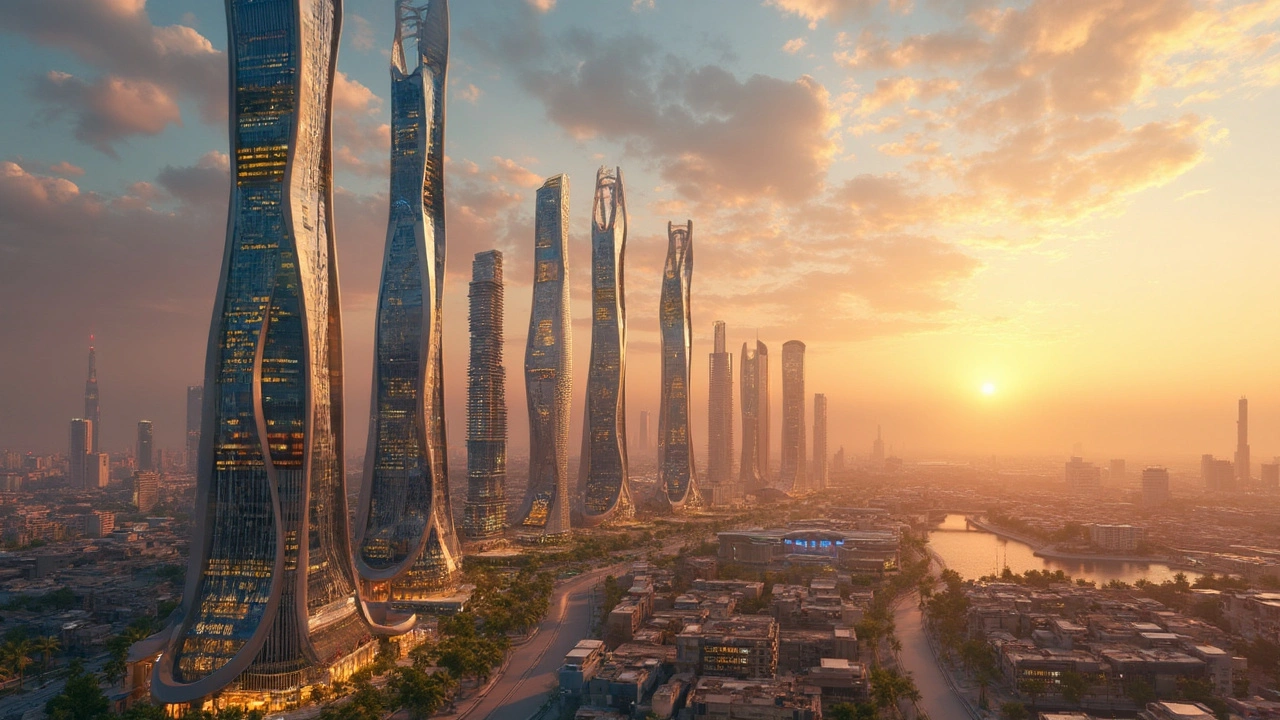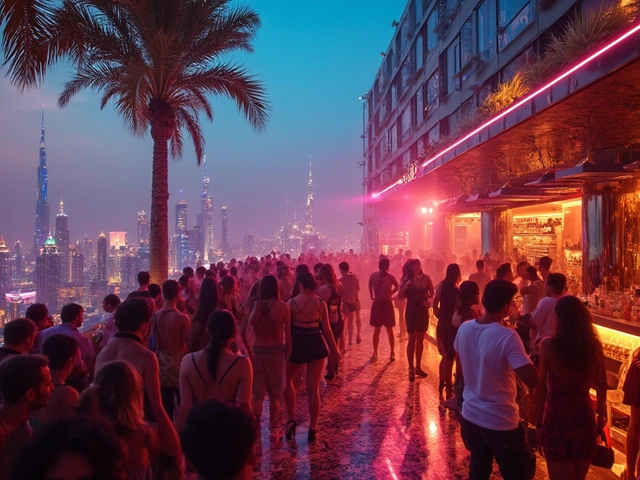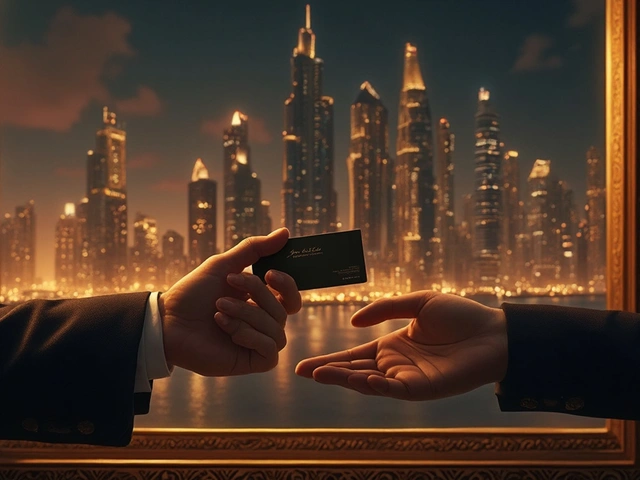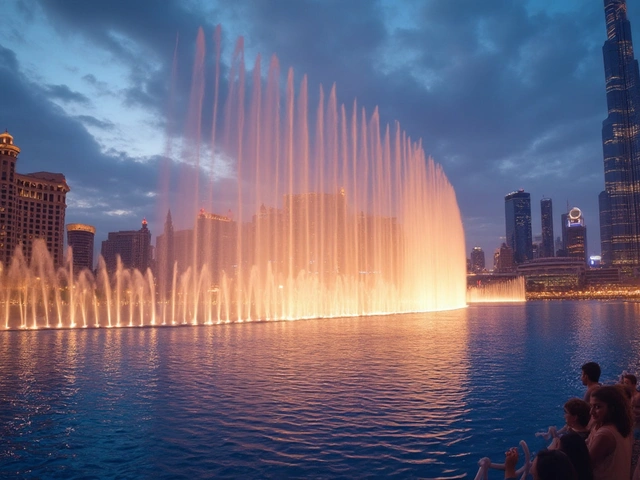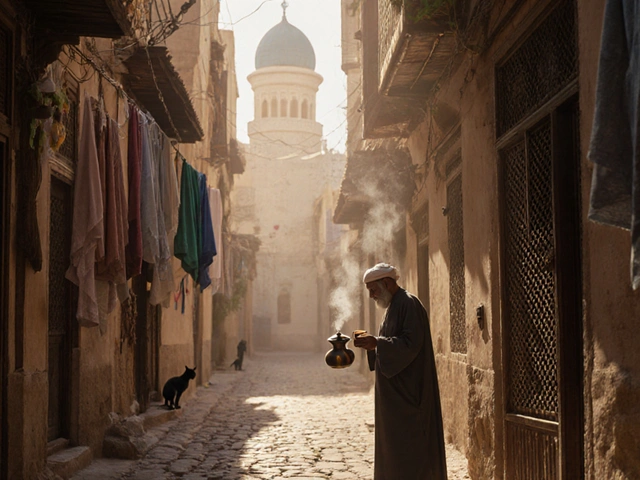Innovative Design in Dubai: What Makes the City’s Architecture So Unique
When you think of Dubai, the first thing that pops up is probably a skyline that looks like a futuristic video game. The city didn’t get there by accident – every tower, bridge, and public space is built with a clear focus on cutting‑edge design. In this guide, we’ll break down the most talked‑about projects, share a few insider tips, and show why Dubai is a playground for architects and designers.
Sky‑High Landmarks That Redefine Height
The Burj Khalifa is the ultimate example of innovative design meeting engineering brilliance. Its tapered “Y” shape isn’t just for looks; it reduces wind load and lets the building climb higher than anything before it. If you visit, head to the 124th‑floor observation deck early in the morning – the light is softer and the crowds are thinner.
Just a short drive away, the Dubai Frame offers a completely different take on design. Picture a massive picture frame standing tall in Zabeel Park, with a glass bridge that connects two towers. The bridge lets you walk 100 metres above the city while getting a 360‑degree view of old and new Dubai. The frame’s design is simple but bold, making it a perfect spot for photo‑ops and a quick lesson in how geometry can turn a structure into a landmark.
Design That Defines the City’s Identity
Burj Al Arab isn’t just a hotel; it’s a sail‑shaped icon that proves how shape can become branding. The interior is just as daring – from the atrium that stretches 180 metres up to the gold‑leafed interiors that feel like stepping into a movie set. The secret? A team of designers worked with engineers to balance the dramatic exterior with a practical, luxury‑focused interior, making every stay unforgettable.
Beyond these giants, Dubai’s design scene is full of smaller projects that still push boundaries. The Dubai Mall Ice Rink, for example, brings a winter vibe to a desert city. Its insulated floor and climate‑control system let you skate while the temperature outside hits 40°C. It shows how innovative design isn’t only about tall buildings – it’s also about creating experiences that feel out of place in the best way.
Even the desert safaris include a design twist. Modern dune‑bashing trucks are built with reinforced chassis and a suspension system that lets them glide over sand dunes safely. The camp setups use pop‑up tents made from lightweight, fire‑resistant fabric that can be assembled in minutes, proving that good design thrives under any condition.
So, what can you take away from all this? First, Dubai’s architects start with a bold idea and then figure out how to make it work technically. Second, they never forget the visitor experience – whether it’s a view, a meal, or a simple ice‑skating session. And third, the city keeps experimenting, which means new landmarks are always on the horizon.
If you’re planning a trip, make a list of the places that catch your eye and check the best times to visit. Early mornings for the Burj Khalifa, sunset for the Dubai Fountain, and late afternoon for the Frame usually give you the best lighting and fewer crowds. And don’t forget to ask locals for hidden‑gem spots – they often know about upcoming projects that haven’t hit the guidebooks yet.
Dubai’s innovative design isn’t just about looking cool; it’s about solving problems, creating memories, and constantly raising the bar. Keep an eye on the city’s skyline – it’s always evolving, and the next iconic design could be just around the corner.

